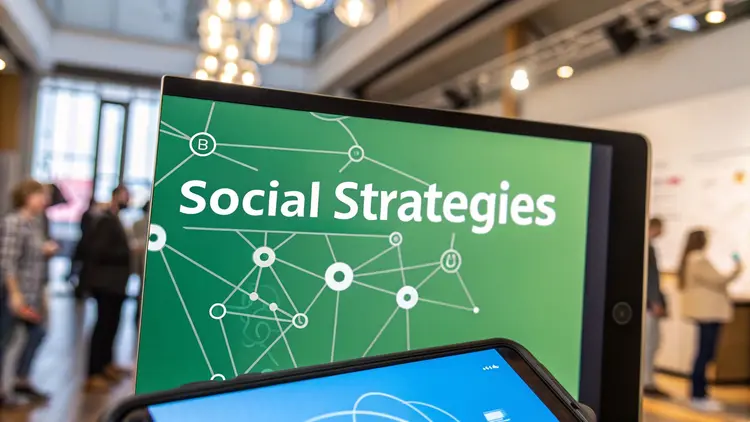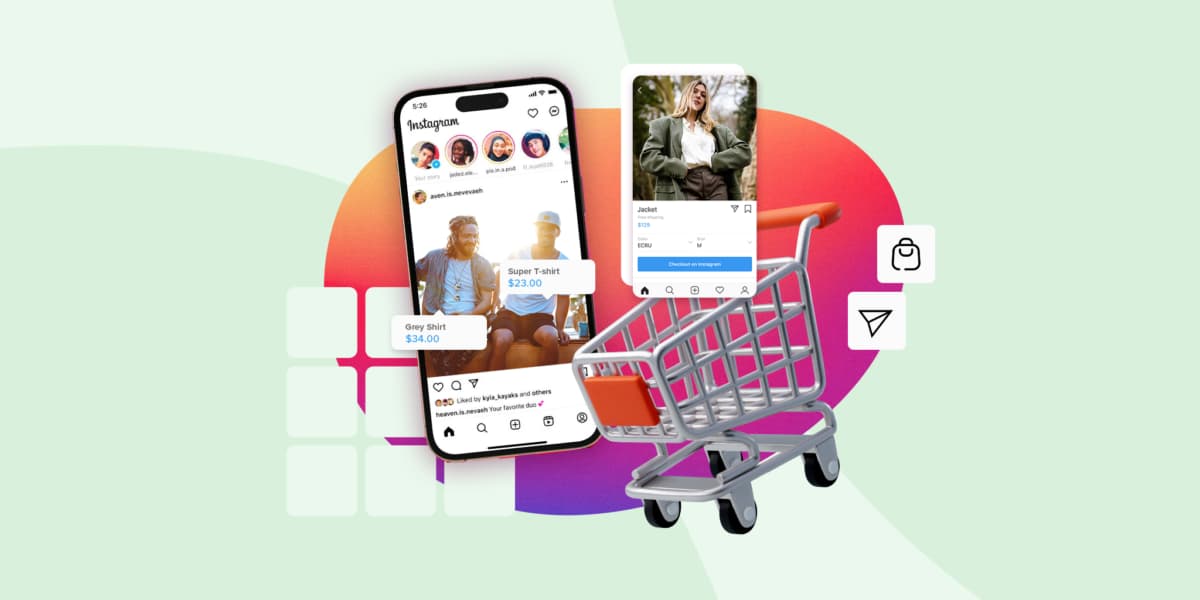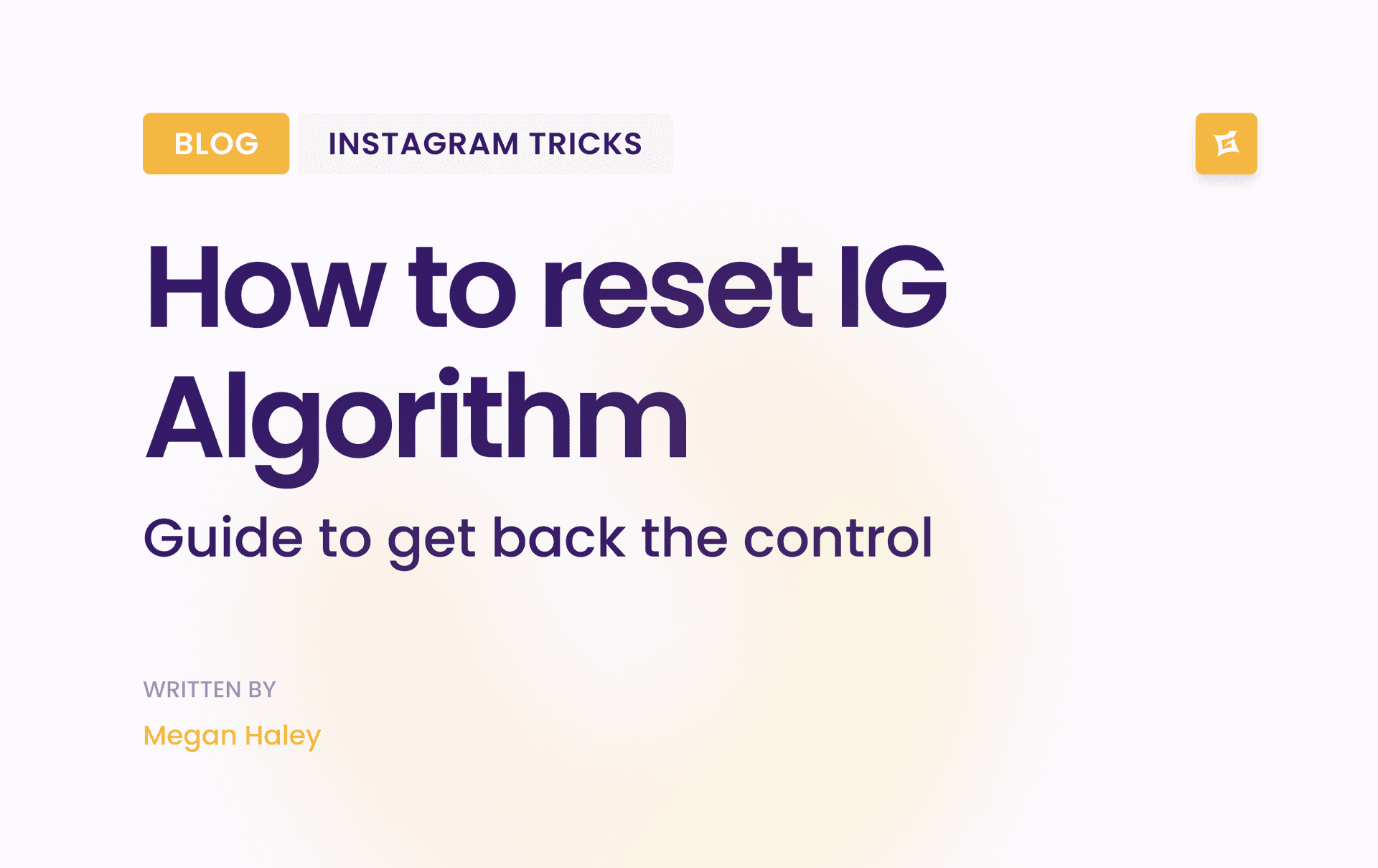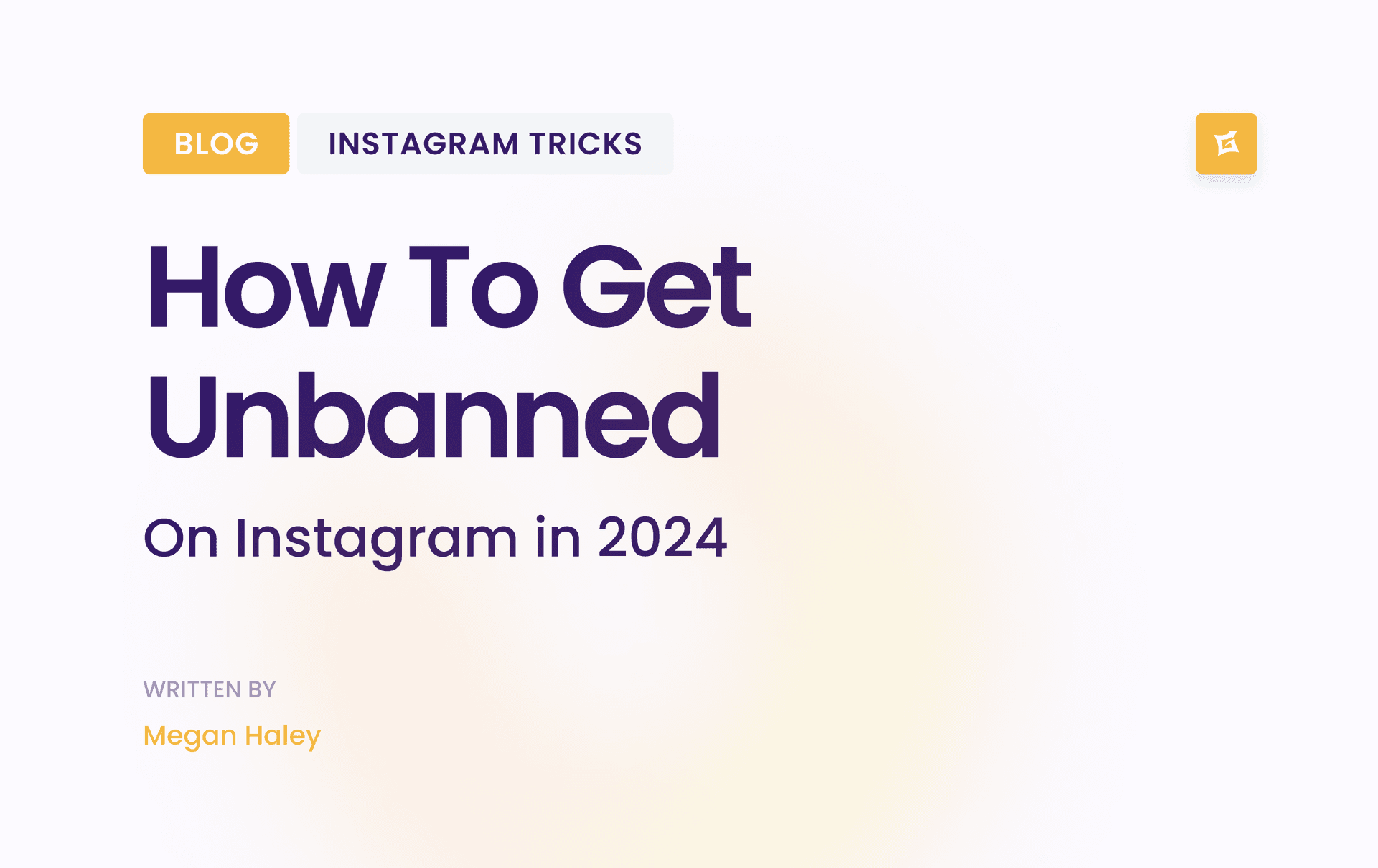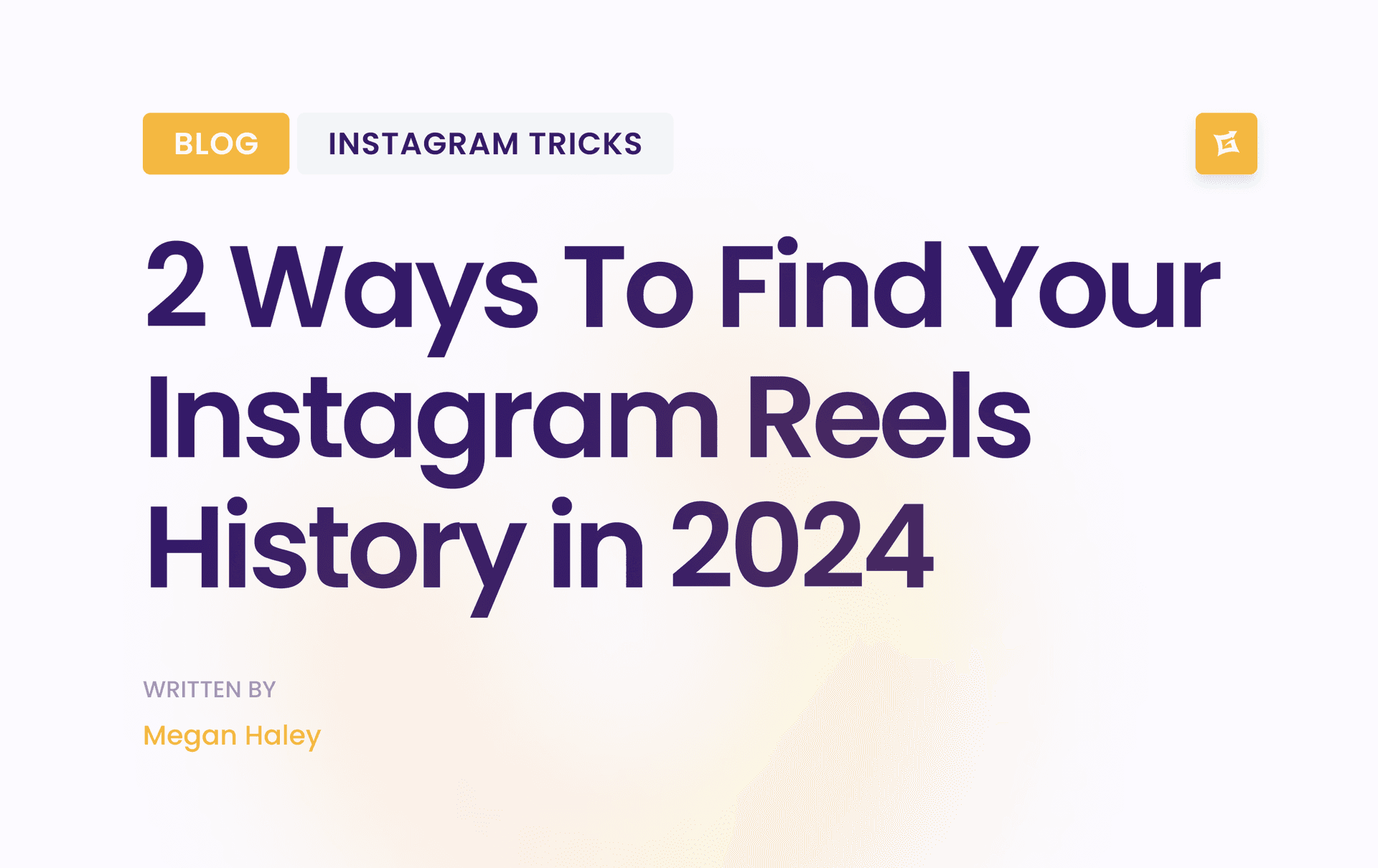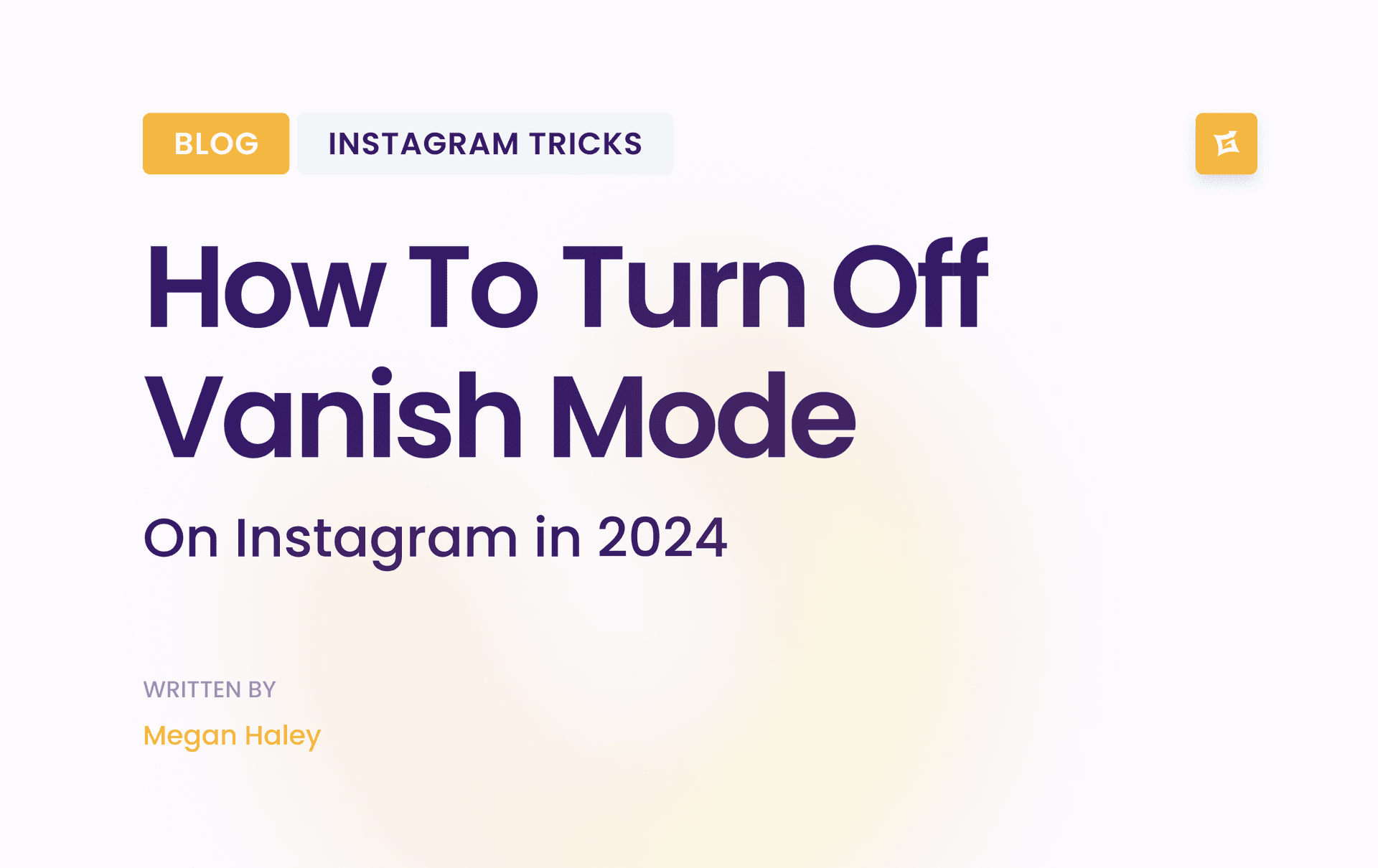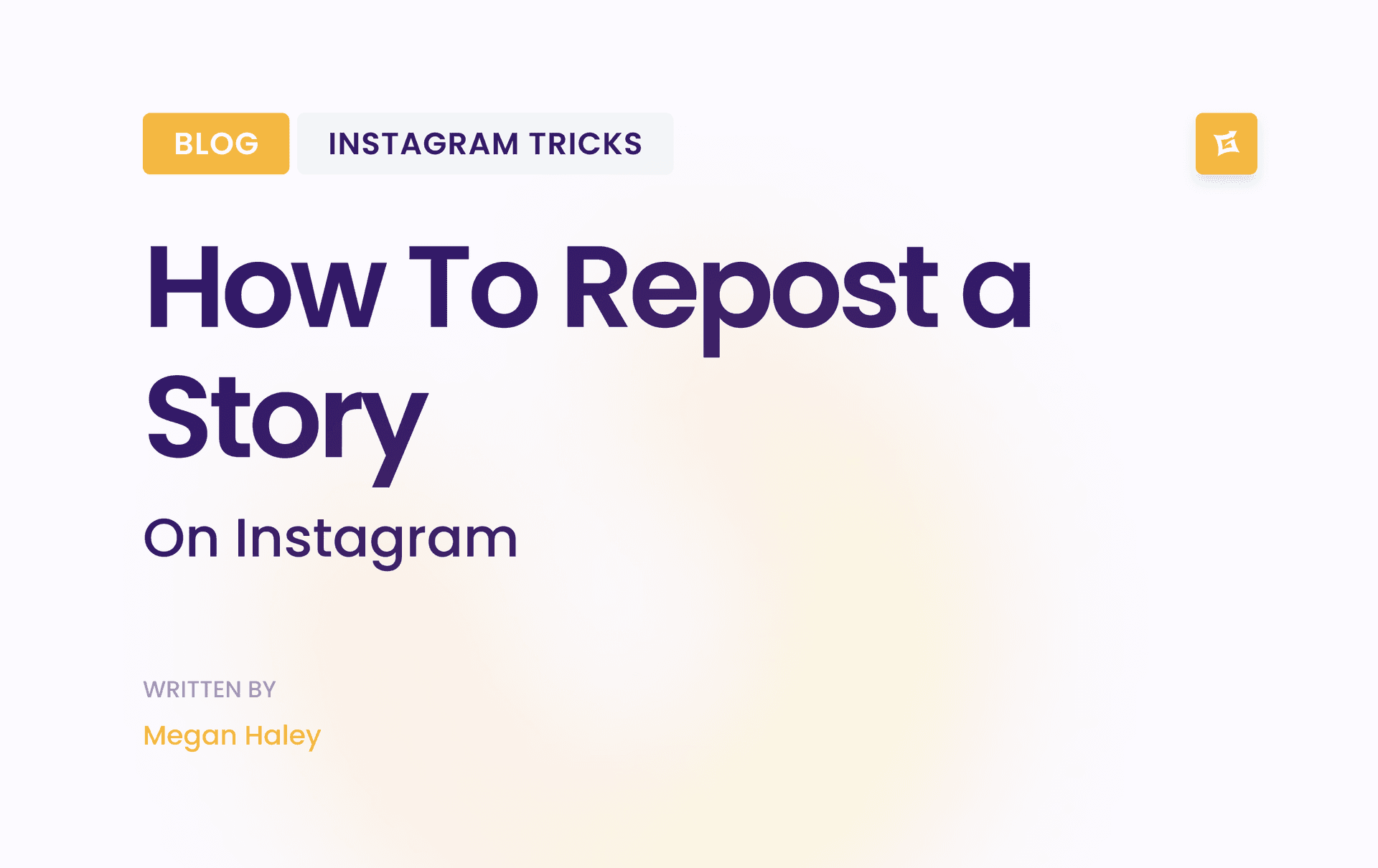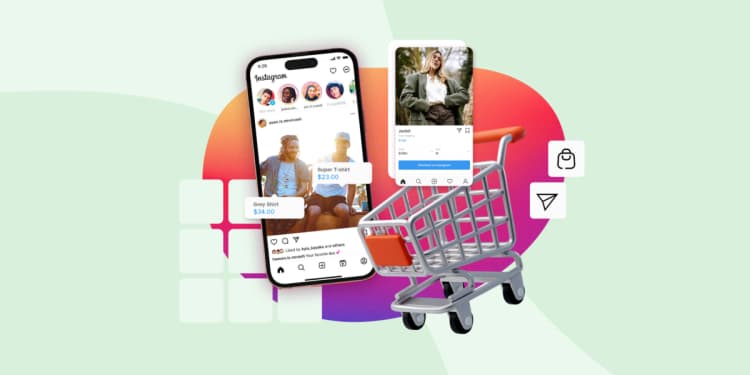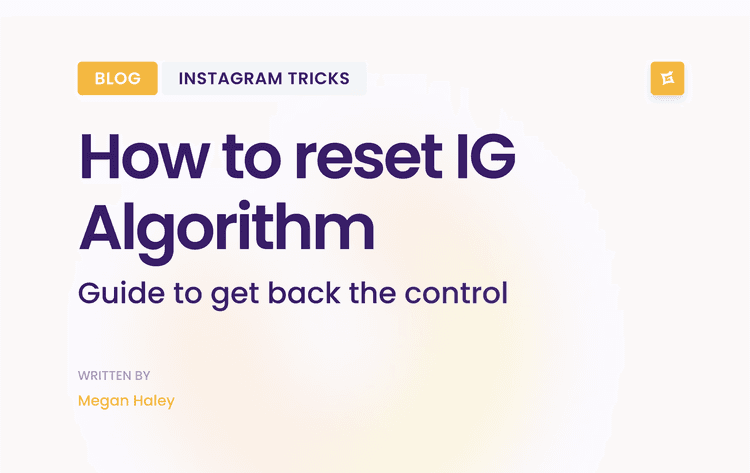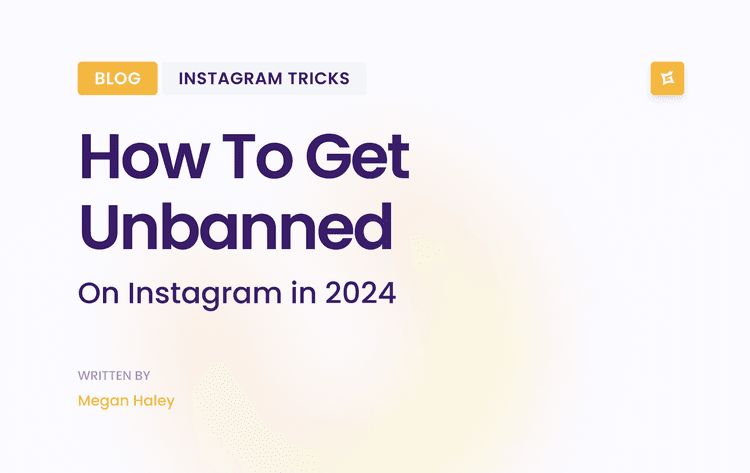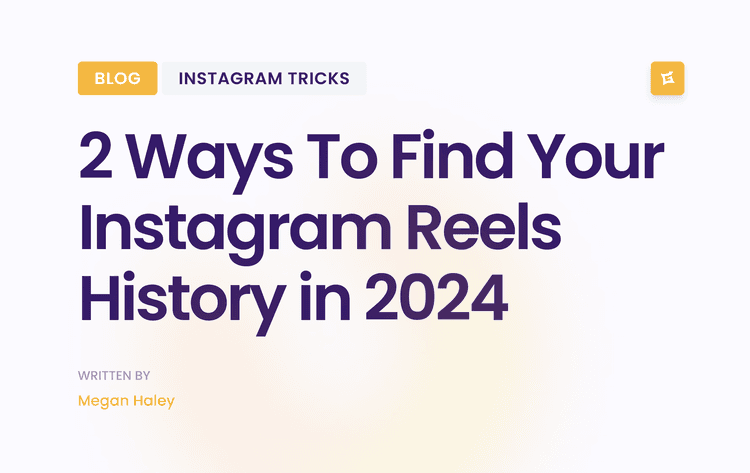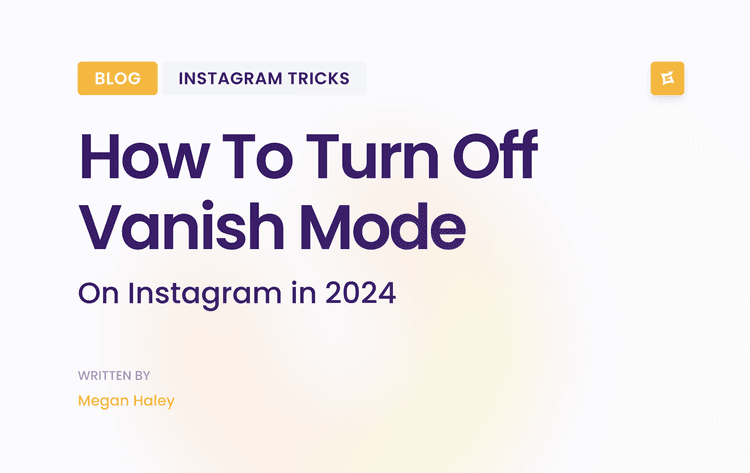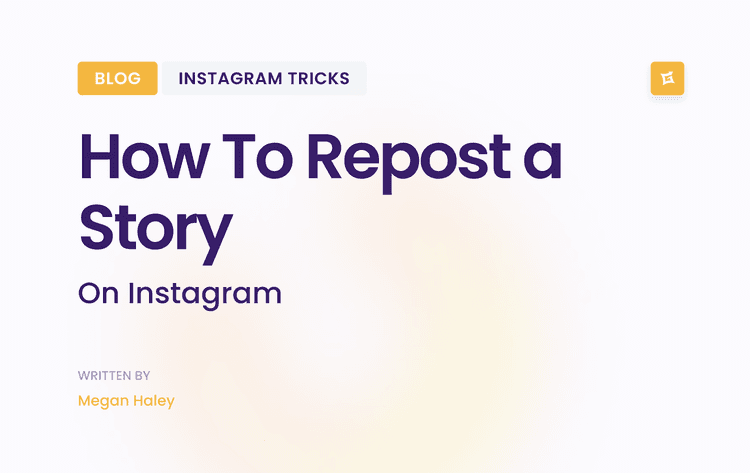Unleashing the Power of 10 Inspiring Social Media Campaigns
Examples of Successful Campaigns
This article explores 10 inspiring social media campaign examples across various industries and objectives. These campaigns achieved viral success and showcased innovative approaches to community building, brand storytelling, and social impact.
Dove's Real Beauty Sketches: This campaign tackled unrealistic beauty standards and promoted body positivity. It resonated deeply with audiences, generating significant media attention.
ALS Ice Bucket Challenge: This viral challenge raised awareness and funds for ALS research, demonstrating the power of social media for social good.
Old Spice's "The Man Your Man Could Smell Like": This humorous campaign revitalized the Old Spice brand and generated a massive online following. It cleverly used humor and personalization.
Nike's "Find Your Greatness": This campaign celebrated everyday athletes and inspired people to pursue their athletic goals, regardless of skill level.
GoPro's User-Generated Content Campaign: GoPro effectively uses user-generated content to showcase the versatility and excitement of its products. This creates a strong community around the brand.
Always' #LikeAGirl Campaign: This campaign challenged gender stereotypes and empowered young girls. It sparked important conversations about societal expectations.
Red Bull's Stratos Jump: This high-profile event generated immense buzz and showcased Red Bull's association with extreme sports.
Wendy's Twitter Roasts: Wendy's sassy and humorous approach on Twitter garnered significant attention and helped differentiate the brand. It exemplified the power of a unique brand voice.
Spotify's Wrapped Campaign: This personalized year-end review of users' listening habits created a sense of community and drove engagement.
Airbnb's "Live There" Campaign: This campaign encouraged travelers to experience destinations like locals, shifting the focus from traditional tourism to authentic cultural immersion.
Key Takeaways From These Campaigns
From empowering social change to reshaping brand identities, these case studies provide valuable insights for a wide range of individuals: influencers, small businesses, established brands, content creators, and marketing professionals. They offer a practical framework for developing effective social media campaigns. These examples illustrate how emotional connection, authentic storytelling, and a deep understanding of the target audience can lead to impactful and memorable campaigns. They also underscore the potential of social media to drive not only brand awareness but also meaningful social change.
1. ALS Ice Bucket Challenge
The ALS Ice Bucket Challenge became a social media phenomenon, showcasing the potential of user-generated content and viral challenges. Participants filmed themselves dumping ice water over their heads, donated to the ALS Association, and nominated others. This simple act sparked a global movement.

Several factors contributed to the challenge's success. User-generated content personalized participation, while nominations fueled viral growth. The video format provided visual engagement, and the simplicity of the challenge made it accessible. The clear call to action to donate connected the fun with a worthy cause. This resulted in over 17 million videos shared across platforms like Facebook, Twitter, and YouTube. For those looking to boost their social media followers, check out this guide on content creation.
The challenge's impact was significant. It raised over $115 million for ALS research, raising awareness for the disease. The campaign built a sense of community and had a low barrier to entry. The shareable format contributed to its widespread reach. Celebrities, including Bill Gates, Mark Zuckerberg, Oprah Winfrey, and LeBron James, along with the ALS Association and Pete Frates (an ALS patient and inspiration behind the challenge), amplified its visibility. The funds even led to research breakthroughs.
Addressing the Criticisms
Despite its success, the challenge faced criticism. Some dismissed it as "slacktivism," arguing that the focus was on performance rather than charity. Engagement waned over time, and some participants overlooked the educational component about ALS. High water usage during droughts also sparked debate. Maintaining long-term engagement proved difficult.
Key Takeaways From the Ice Bucket Challenge
Despite drawbacks, the ALS Ice Bucket Challenge remains a case study in social media marketing. It shows how a simple challenge, combined with viral mechanics, can achieve impressive results. Consider these key takeaways:
Create simple, accessible challenges: Ensure your challenge is easy to understand and participate in.
Include a clear educational component: Integrate information about your cause.
Design for natural virality: Use nominations or other sharing incentives.
Make participation visually interesting: Engaging visuals and videos increase shareability.
Ensure the core message isn't lost: Balance the fun with the underlying message.
The ALS Ice Bucket Challenge holds a significant place in social media history. It demonstrates how online communities can generate real-world impact, providing valuable lessons for future campaigns.
2. Dove's Real Beauty Campaign
Dove's Real Beauty Campaign serves as a prime example of how a brand can use social media for positive social impact and business growth. Launched in 2004, the campaign challenged conventional beauty standards by featuring real women of diverse shapes, sizes, ages, and ethnicities in its marketing. This wasn't a short-lived advertisement; it grew into a long-term social initiative focused on building self-esteem and redefining beauty, largely through engaging social media content and viral videos.

Why it's on this list: The campaign resonated authentically with its audience, creating substantial earned media and establishing Dove as a socially conscious brand. It ignited important discussions about beauty standards, ultimately boosting brand loyalty and sales. This demonstrates the effectiveness of purpose-driven marketing.
Key Features and Benefits
Body-positive messaging: Dove directly challenged unrealistic beauty standards often portrayed in the media.
Emotional storytelling: The campaign connected with the audience by sharing real stories and experiences.
User-generated content integration: Dove encouraged audience participation, amplifying the message.
Long-term brand position: This campaign became integral to Dove's brand identity.
Multi-platform approach: Dove leveraged various social media platforms to expand its reach.
Evolution and Popularity
The 2013 "Dove Real Beauty Sketches" video boosted the campaign's popularity. This viral video, one of the most-watched ads on YouTube, highlighted the difference between women's self-perception and how others see them. Earlier work, like the "Evolution" video, which exposed the manipulation behind beauty advertising, also fueled the campaign's momentum. The Dove Self-Esteem Project further cemented its impact, providing self-esteem education to millions of young people.
Pros
Built a genuine connection with the audience.
Generated significant earned media coverage.
Strengthened Dove's image as a socially responsible brand.
Started conversations about beauty ideals.
Led to higher brand loyalty and sales.
Cons
Received criticism regarding inconsistencies with parent company Unilever's other brands.
Some viewed the campaign as using insecurities for profit.
Maintaining authenticity over a long period presented a challenge.
Measuring the direct return on investment (ROI) proved difficult.
Practical Tips for Implementation
Align campaign messaging with broader brand values: Ensure consistency between your social impact campaign and your brand identity.
Focus on emotional storytelling: Connect with your audience through relatable experiences.
Create shareable content: Encourage discussion and participation.
Build campaigns for long-term impact: Focus on sustainable initiatives for lasting brand equity.
Include diverse representation: Prioritize authentic representation within your team and messaging.
Popularized By
Ogilvy & Mather (advertising agency)
Janet Kestin and Nancy Vonk (creative directors)
This campaign showcases the power of social media to create meaningful social change while achieving business goals. Dove's focus on genuine connection, long-term brand building, and a multi-platform strategy created a campaign that continues to resonate. This offers valuable lessons for those aiming to use social media for both social good and business success.
3. Spotify Wrapped
Spotify Wrapped is a perfect example of a social media campaign that uses personalized data storytelling to achieve massive organic reach and become a cultural moment every year. Launched each December, the campaign provides Spotify users with a shareable, visually engaging summary of their listening habits from the past year. Its vibrant design and highly personalized nature have turned it into a social media phenomenon, consistently trending on platforms like Twitter/X during its launch week.
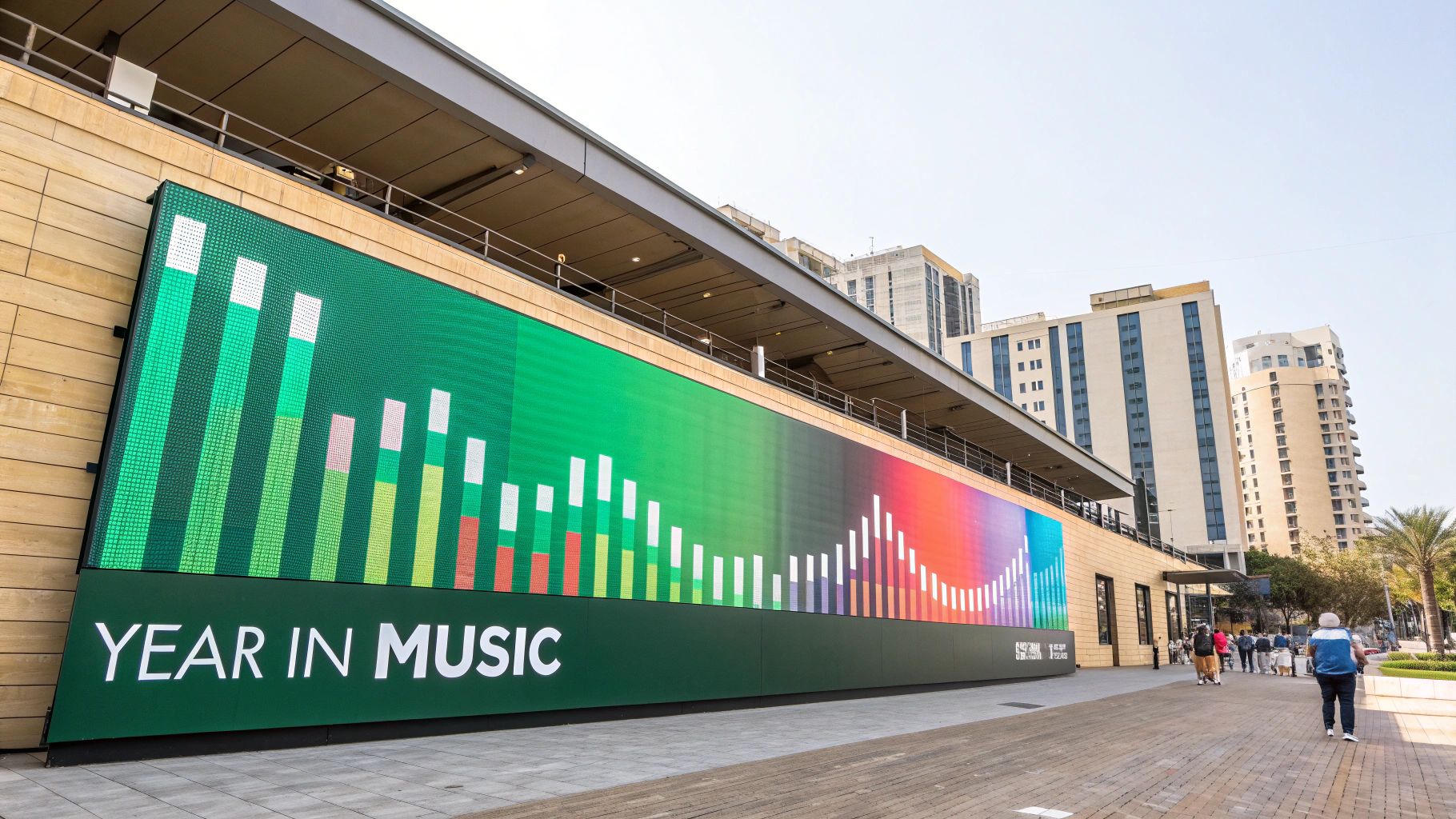
Spotify Wrapped's success comes from its smart combination of data analytics and engaging presentation. By rebuilding raw listening data into visually appealing and easy-to-understand formats, Spotify gives users unique insights into their musical tastes. This personalized approach strongly connects with users, encouraging them to share their "Wrapped" experiences on social media.
Key Features and Benefits
Personalized Data Visualization: Wrapped presents individual listening data in a visually appealing and understandable way, making it both informative and engaging.
Annual Anticipation and Timing: The yearly recurrence in December creates excitement and anticipation among users, contributing to the campaign's viral spread.
Highly Shareable Design: The visually appealing and mobile-friendly format encourages users to share their Wrapped results across various social media platforms.
Platform-Exclusive Content: This exclusivity contributes to the fear of missing out (FOMO) for non-Spotify users, indirectly promoting the platform itself.
Interactive Elements: Recent campaigns have included interactive elements like "listening personality" types, increasing user engagement and shareability.
Evolution and Popularity
Spotify Wrapped has evolved significantly since its inception. Initially a simple data summary, the campaign has grown to include more complex and engaging features. The 2022 campaign introduced interactive "listening personality" types, while the 2023 campaign included artist thank-you videos and more detailed statistical insights. This constant innovation helps maintain the campaign's popularity and annual buzz. The consistent trending status on Twitter/X yearly showcases its sustained cultural impact.
Pros and Cons
Pros:
Generates massive organic reach through user sharing
Creates annual anticipation and a cultural moment
Strengthens user connection with the Spotify platform
Provides unique value through personal data insights
Encourages platform usage throughout the year
Cons:
Limited timeframe of relevance (primarily December)
Potential privacy concerns regarding data usage
Creates expectation for increasingly innovative features each year
Exclusivity can be frustrating for non-Spotify users
Tips for Implementation
Use data storytelling to create personalized, meaningful experiences: Turn raw data into compelling narratives that connect with your audience.
Design with shareability in mind: Optimize content for various social media platforms and make visual appeal a priority.
Build anticipation through consistent timing: A regular schedule for your campaigns will help create excitement and anticipation.
Balance data insights with entertaining presentation: Don't overload users with data; present information in an engaging and digestible format.
Create FOMO for non-users: Highlighting the exclusive benefits of participating in your campaign can encourage wider adoption.
Spotify Wrapped deserves its recognition because it effectively uses personalized data storytelling to boost organic reach and brand engagement. By combining data insights with creative presentation and strategic timing, Spotify created a successful annual campaign that strengthens user connections and reinforces brand loyalty. This model offers valuable lessons for influencers, businesses, and brands looking to improve their social media account.
4. Always #LikeAGirl Campaign
The Always #LikeAGirl campaign serves as a powerful example of how a brand can use social media for both commercial success and positive social impact. It directly addressed the negative connotations associated with the phrase "like a girl," aiming to renew it into a source of empowerment. This campaign's inclusion on this list highlights the effectiveness of emotional storytelling, issue-driven content, and smart hashtag usage in creating real cultural change.
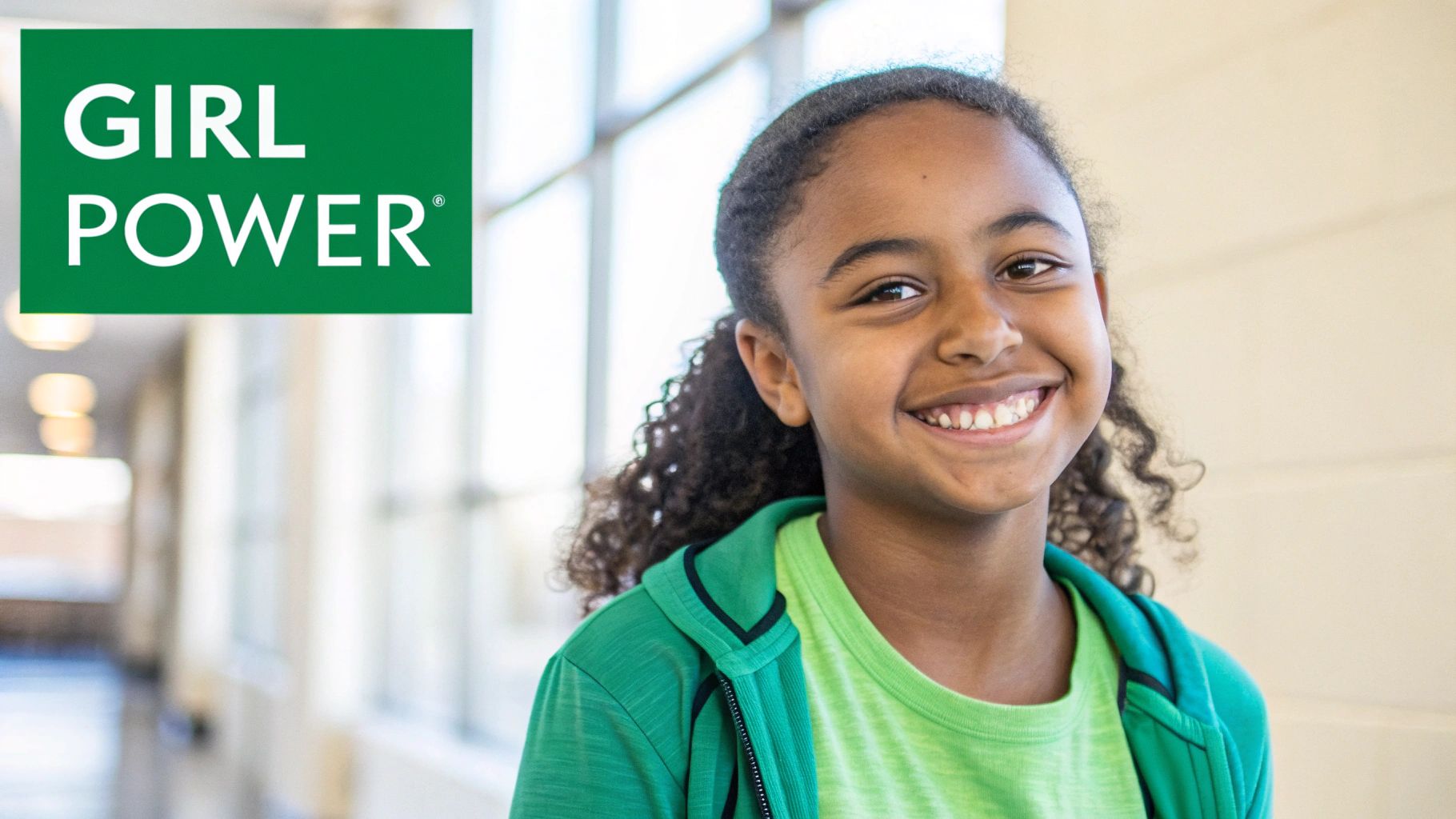
The campaign launched with a video featuring a social experiment. People of different ages were asked to perform actions "like a girl." Younger girls responded with enthusiasm and energy, while older participants demonstrated stereotypical behaviors associated with weakness and awkwardness. This stark contrast revealed how societal pressures can impact girls' self-esteem, particularly during adolescence. The video, first shown during the 2015 Super Bowl, quickly gained global attention, accumulating over 85 million views.
Always continued to build on this initial success. The #LikeAGirl campaign developed into a long-term project spanning multiple platforms. Later initiatives addressed related topics, such as the lack of strong female representation in emojis and the celebration of girls in sports. Always actively encouraged user-generated content, inviting people to share their own #LikeAGirl stories using the hashtag, broadening the message's impact and cultivating a sense of community. For inspiration on crafting impactful hashtags, check out our guide on hashtag generation.
Several factors contributed to the campaign's positive reception: the hashtag-driven messaging, the impactful social experiment format, the emotional storytelling, and the cross-platform strategy. The campaign delivered impressive results, significantly improving Always' brand perception and earning numerous awards, including an Emmy. Most importantly, it demonstrably shifted public perception of the phrase "like a girl."
Addressing Criticisms and Challenges
Despite the campaign's widespread success, it also faced criticism. Some argued that Always engaged in "femvertising," using feminist principles for commercial benefit. Maintaining momentum after the initial viral buzz also proved challenging, as did measuring tangible behavioral change beyond increased awareness.
Pros and Cons of the Campaign
Pros:
Achieved significant social impact beyond product promotion
Generated substantial global awareness
Improved brand perception
Received prestigious industry awards
Successfully shifted the meaning of the targeted phrase
Cons:
Drew criticism related to corporate feminism
Faced challenges in sustaining long-term engagement
Difficulty quantifying behavioral impact
Key Takeaways and Recommendations
Tips for Implementing Similar Campaigns:
Focus on relevant social issues: Choose issues that resonate with your target audience.
Reexamine cultural concepts: Target phrases or ideas that require a fresh perspective.
Prioritize authenticity: Showcase genuine reactions instead of scripted responses.
Design adaptable campaigns: Ensure your campaign can evolve across different platforms.
Balance emotion with action: Combine emotional appeal with a clear call to action.
The Always #LikeAGirl campaign, developed by Procter & Gamble with the Leo Burnett advertising agency and director Lauren Greenfield, and further amplified through collaboration with UN Women, provides a valuable case study for brands seeking to create socially responsible and impactful campaigns. It exemplifies the potential of authentic storytelling and purpose-driven marketing.
5. Wendy's Twitter Persona
Wendy's shows how a unique brand voice can revitalize a social media account. Instead of traditional, often impersonal marketing, Wendy's created a sassy, quick-witted Twitter persona that connects with a younger audience and differentiates them in the competitive fast-food industry. This approach, centered on genuine, humorous interactions, effectively humanizes the brand, renewing followers into loyal customers and generating substantial earned media.
This strategy isn't simply about funny tweets; it's about consistent character development. Wendy's maintains a distinct voice: sharp, playful, and a bit cheeky, readily engaging in lighthearted banter, often teasing competitors and cleverly joining trending conversations. This blend of distinct brand voice, real-time engagement, competitor ribbing, and cultural relevance makes their approach so effective.
Several key examples highlight the success of this strategy:
#NuggsForCarter: This campaign, originating from a teen's request for free nuggets, went viral, breaking retweet records and demonstrating the power of organic reach driven by witty engagement.
National Roast Day: Wendy's yearly roast day has become a popular online event, generating massive engagement as they playfully target competitors and even their followers.
The "Beef" with McDonald's: Wendy's ongoing, good-natured rivalry with McDonald's, especially regarding fresh versus frozen patties, keeps the brand visible and continually reinforces their key product difference.
Why This Approach Works
Massive Earned Media: Viral moments like #NuggsForCarter create far greater exposure than traditional advertising, at a fraction of the cost.
Authentic Connection with Younger Audiences: The humorous, self-aware tone resonates with younger demographics who value authenticity and are often uninterested in traditional advertising.
Brand Differentiation: In a crowded field of fast-food chains, Wendy's distinct voice makes it instantly recognizable and memorable.
Ongoing Engagement: The dynamic personality creates continuing engagement beyond specific campaigns.
Pros and Cons
Pros:
Generates substantial earned media
Builds genuine connection with younger audiences
Differentiates the brand from competitors
Low production cost
Creates continuing engagement
Cons:
Risk of potentially controversial statements
Requires skilled professionals and approval procedures
Maintaining consistency over time can be challenging
It may not resonate with all demographics
High audience expectation for sustained wit and relevance
Tips for Implementing a Similar Strategy
Develop Clear Brand Voice Guidelines: Define your brand's personality, allowing flexibility and empowering your social media managers.
Empower Social Media Managers: Grant them the autonomy to respond in real time and capitalize on trending topics. Fast reactions are essential for successful real-time engagement.
Respond Quickly to Cultural Moments: Be adaptable and insert your brand into relevant conversations promptly and engagingly.
Balance Humor with Brand Values: Ensure the humor aligns with your brand values and doesn't alienate your target audience.
Focus on Authenticity: Forced attempts at virality can backfire. Prioritize genuine interactions and let the humor develop naturally.
Wendy's Twitter success is attributed to VML (the digital agency involved early on), Amy Brown (a former social media manager instrumental in shaping the voice), and the broader Wendy's marketing team. Though not without risk, Wendy's approach demonstrates the effectiveness of a well-defined and consistently applied brand persona in building a strong social media account and delivering impressive results. This approach is valuable for influencers, small businesses, startups, established brands, content creators, and marketing professionals seeking to improve their social media strategy.
6. Airbnb #WeAccept Campaign
The Airbnb #WeAccept campaign provides a powerful lesson in using social media for crisis management and brand building. Launched in 2017 during a time of political tension and accusations of discrimination on the platform, the campaign sought to reposition Airbnb as an inclusive community. It resonated strongly with its audience by promoting a message of acceptance and aligning its business model with important social values. This makes it an essential case study for anyone seeking to build a strong brand and address complex social issues.
The campaign centered on values-based messaging, featuring diverse faces in its Super Bowl commercial. The simple statement, "We believe no matter who you are, where you're from, who you love, or who you worship, we all belong," went beyond marketing and became a social commentary. Airbnb’s pledge to house 100,000 displaced people further strengthened this message by linking it to tangible action.
Key Features of the #WeAccept Campaign
The #WeAccept campaign successfully combined several key elements:
Values-based messaging: The campaign resonated with a broad audience by focusing on universal values of acceptance and belonging.
Crisis response element: The campaign tackled accusations of discrimination head-on, turning a negative narrative into a chance for positive change.
Policy changes tied to the campaign: Airbnb backed its message with action by implementing platform policy changes to fight discrimination and foster inclusivity.
User-generated storytelling: Encouraging users to share personal stories of belonging broadened the campaign's reach and amplified its authenticity.
Multi-channel approach: The campaign utilized a variety of platforms, from the Super Bowl ad to social media, maximizing its overall impact.
Pros and Cons of the Campaign
The campaign had both strengths and weaknesses:
Pros:
The campaign generated 87 million earned impressions, significantly boosting brand visibility.
It repositioned the brand after controversy, helping to restore its public image.
The initiative created an emotional connection through action, making it more impactful.
It aligned the business model with social values, reinforcing the company's ethical stance.
Cons:
The campaign faced skepticism regarding authenticity, as some questioned the brand’s true intentions.
It was challenging to maintain long-term commitment, making it difficult to sustain momentum.
There was a risk of alienating users with differing political viewpoints, potentially leading to backlash.
The company faced complex implementation of inclusive policies on the platform, adding execution difficulties.
Tips for Implementing Similar Campaigns
The #WeAccept campaign offers valuable lessons for others:
Address criticism directly: Transparency and accountability build trust.
Back statements with action: Meaningful action supports social messaging.
Encourage community participation: User-generated content expands the message's reach.
Consider cultural timing: Tapping into relevant social moments increases impact.
Measure sentiment and behavior: Track the campaign's effect on brand perception and user actions.
The #WeAccept campaign, spearheaded by figures like Brian Chesky (Airbnb CEO), Jonathan Mildenhall (former CMO), and the agency TBWA\Chiat\Day, is a valuable example. It demonstrates how social media can be effectively leveraged for social impact and brand building. By combining a compelling message with concrete action and community engagement, Airbnb successfully navigated a crisis and established itself as a purpose-driven brand.
7. ASOS #AsSeenOnMe
The ASOS #AsSeenOnMe campaign perfectly shows how user-generated content (UGC) can build a thriving online community, drive sales, and create authentic brand engagement. It's a standout example of successful social commerce integrated with a powerful sense of community, inspiring many other brands. By encouraging customers to share photos of themselves wearing ASOS products, the campaign tapped into the desire for self-expression and social connection, turning everyday shoppers into brand ambassadors.
How It Works and Why It's Effective
The brilliance of #AsSeenOnMe lies in its simplicity and seamless integration. Customers buying ASOS clothing are encouraged to share photos of their outfits on social media platforms like Instagram using the hashtag. ASOS then curates this content, featuring select images on their website product pages, social media channels, and even in marketing emails. This creates a powerful cycle:
Authentic Product Showcasing: Instead of relying only on polished professional photos, ASOS uses real people to show how their products look in different settings and on various body types. This provides more relatable and compelling social proof for potential buyers.
Shoppable Social Media: By tagging products in their photos, users make it easy for others to find and buy the items they like, directly boosting sales and increasing average order value through outfit inspiration.
Community Building: The campaign creates a sense of belonging and encourages interaction among ASOS customers. Seeing their photos featured by the brand builds loyalty and encourages more participation.
Evolution and Popularity
While ASOS wasn't the first to use UGC, #AsSeenOnMe stands out for its scale and deep integration. It grew from a simple hashtag campaign into a core part of their marketing strategy. The campaign’s popularity grew organically, fueled by fashion influencers who expanded its reach and ASOS customers eager to share their style. The sheer volume of submissions—over 1.3 million Instagram posts alone—shows the campaign's resounding success.
Pros and Cons
Pros:
Created authentic product demonstrations across body types.
Generated a massive content library at minimal cost.
Increased average order value through outfit inspiration.
Built a loyal customer community.
Provided social proof for potential buyers.
Cons:
Quality control challenges with user submissions.
Potential for brand inconsistency in representations.
Required significant moderation resources.
Balancing amateur content with professional marketing.
Tips for Implementation
Create clear guidelines for user submissions: Specify image quality, content appropriateness, and usage rights.
Develop simple submission mechanics: Make it easy for users to participate via hashtags, tagging, or dedicated submission portals.
Recognize and reward top contributors: Offer features, discounts, or collaborations to incentivize participation.
Integrate UGC with commerce capabilities: Enable product tagging and shoppable posts to drive sales.
Balance curation with authentic representation: Maintain brand consistency while preserving the genuine feel of user-generated content.
Popularized By:
ASOS digital marketing team, Fashion influencers, and ASOS customers worldwide.
While ASOS doesn't have a dedicated landing page for the campaign, you can see examples of #AsSeenOnMe by searching the hashtag on social media platforms like Instagram. This campaign is a valuable example for brands looking to use the power of user-generated content to build community and drive sales.
8. Starbucks' White Cup Contest
The Starbucks White Cup Contest is a perfect example of how a brand can successfully use user-generated content (UGC) to boost engagement and build stronger customer relationships. By focusing on the existing habit of customers doodling on their iconic white cups, Starbucks turned a simple action into a huge social media campaign. This smart strategy not only created a ton of creative content but also deepened the emotional bond between customers and the brand.
The contest encouraged customers to create their artwork on a Starbucks cup and submit a photo to have their design featured on a limited-edition reusable cup. This easy-to-understand concept included several important elements: contest-driven engagement, creative participation, a physical-to-digital connection, product integration, and a limited-edition reward.
Why It Deserves a Spot on the List: The White Cup Contest was incredibly successful with relatively low production costs. It showed the power of transforming a normal customer interaction into a viral marketing campaign. This case study provides valuable insights for businesses of any size hoping to increase their social media account through organic and authentic engagement.
Real-World Examples and Evolution
The Winning Design: Brita Lynn Thompson's detailed floral design won the contest and was printed on a limited-edition reusable cup. This brought her design significant attention and solidified the success of the campaign.
Expansion to Holiday Cups: After the initial success, Starbucks extended the contest to include holiday-themed designs, engaging their audience even more and tying in with seasonal trends.
Spontaneous Coffee Cup Art Community: The contest unintentionally created a community of coffee cup artists, with people sharing their work online outside of the contest. This natural growth highlights the long-term impact of a well-executed UGC campaign.
Pros
High Engagement with Low Cost: The campaign received over 4,000 submissions in only three weeks, demonstrating impressive reach and engagement without a large marketing budget.
Highly Shareable Visual Content: The visual appeal of the submissions naturally encouraged sharing on social media, extending the campaign's reach organically.
Strengthened Brand Loyalty: By involving customers in the design process, Starbucks created a stronger feeling of connection and ownership, ultimately increasing brand loyalty.
Cons
Limited Participation: The contest mostly appealed to artistic customers, possibly leaving out a portion of their wider audience.
Temporary Engagement: Although the contest generated significant interest, it lacked a way to keep the engagement going after the contest ended.
Environmental Concerns: Promoting disposable cups, even for art, raised some environmental concerns.
Scaling Winner Selection: Judging thousands of entries posed a logistical challenge.
Tips for Implementation
Identify Existing Customer Behaviors: Notice any customer habits you can amplify through a social media campaign.
Simple Mechanics, Clear Instructions: Keep contest rules straightforward and give easy-to-follow directions to get the most engagement.
Meaningful Rewards: Offer prizes that your target audience values and that go beyond just getting noticed.
Content Amplification: Plan how you'll continue to use the content created after the contest to maximize its value.
Balance Digital and Physical: Link the digital campaign to a physical product or experience to enhance its effect.
The Starbucks White Cup Contest is a great example of brands wanting to use the power of user-generated content. By understanding its key elements and using the tips provided, businesses can develop engaging and impactful social media campaigns that resonate with their audience and get real results.
9. Glossier's Customer-Centric Social Strategy
Glossier's rise to beauty giant wasn't built on traditional advertising. Instead, they focused on a customer-centric social media strategy that prioritized genuine engagement and community building. This approach turned customers into brand evangelists and co-creators, demonstrating the power of organic growth fueled by authentic connection. It's a prime example of how a community-first approach can redefine a brand's social media account and drive significant business results.
Glossier's core strategy was treating social platforms as two-way streets. Instead of broadcasting marketing messages, they focused on fostering dialogue, actively incorporating customer feedback, and featuring real people using their products. This created a sense of belonging and co-ownership among their audience, contributing to a dedicated following.
Key Features of Glossier's Social Strategy
Community-First Approach: Building a strong community through their blog, Into The Gloss, created a dedicated audience before products launched.
Product Development Feedback Loops: Glossier actively solicits and incorporates customer feedback into product development, making customers feel heard and valued.
Content Amplification of Customers: Regularly showcasing user-generated content across their channels built trust and authenticity.
Minimalist Aesthetic Consistency: Their signature "Glossier Pink" and minimalist aesthetic created a visually appealing and recognizable brand identity, exemplified by the viral #glossierpink phenomenon.
Multi-Platform Community Building: Glossier maintains a consistent presence across various social media platforms, tailoring content to each while maintaining core brand values.
Advantages of Glossier's Approach
Cult-Like Brand Loyalty: Customers who invested in the brand's community were more likely to become repeat buyers, leading to high repeat purchase rates.
Reduced Customer Acquisition Costs: Organic advocacy from loyal customers drove significant growth, minimizing reliance on expensive advertising.
Defensible Brand Positioning: The strong community created a unique brand identity that was difficult for competitors to replicate.
Continuous Product Improvement: Direct customer input led to products that resonated with their target audience.
Authentic Representation: Featuring real customers, rather than exclusively relying on influencers, broadened their appeal and promoted inclusivity.
Challenges of Glossier's Approach
Scaling Challenges: Maintaining a personal touch and fostering genuine connection becomes increasingly difficult with a larger customer base.
Maintaining Community Feeling: Preventing the community from feeling impersonal as it grows requires continuous effort and adaptation.
Balancing Community Input with Business Objectives: While customer feedback is valuable, businesses must balance it with their strategic goals.
Higher Resource Requirements: Engaging with a large community requires significant time and resources.
You might be interested in: Our guide on working with influencers to complement your community-building strategy.
Tips for a Customer-Centric Social Strategy
Start Early: Cultivate an engaged audience before you have products to sell.
Personal Responses: Respond personally to customer engagement to show you value their input.
Feature Real Customers: Authenticity and relatability are key. Showcase diverse, real customers rather than solely relying on influencers.
Consistent Visual Identity: Create a consistent visual identity that's easy for users to replicate, encouraging user-generated content.
Feedback Mechanisms: Build feedback mechanisms into all customer touchpoints to facilitate sharing thoughts and opinions.
Glossier’s success, spearheaded by founder Emily Weiss and her internal social team, along with early adoption by the beauty community, showcases the power of prioritizing the customer. By fostering genuine connections and actively involving customers in the brand's journey, Glossier transformed the beauty landscape and set a new standard for social media marketing.
10. National Geographic on Instagram
National Geographic's Instagram Account is a masterclass in visual storytelling for brand building. It's more than just a collection of beautiful photos; it’s a vibrant platform that educates, inspires, and connects millions worldwide. It sets the bar high for how brands can effectively use Instagram. This approach has earned them a prominent position among the top Instagram accounts, proving that quality content and authentic engagement can cultivate a massive and dedicated audience.
Instead of traditional marketing, National Geographic handed the reins to its world-renowned photographers. This photographer-led strategy offers authentic, real-time glimpses into remote locations and fascinating cultures. It creates a sense of immediacy and intimacy, making followers feel like they’re on an adventure. Combined with educational captions that provide valuable context, National Geographic has transformed its Instagram feed into a compelling visual journalism platform.
Features That Fuel Their Success
Photographer-Led Content: The content comes directly from expert photographers, offering unique perspectives and unparalleled quality.
Educational Captioning: Captions go beyond simple descriptions; they offer rich context, encouraging learning and deeper engagement.
Visual Storytelling Excellence: National Geographic uses visual narratives to transport followers to diverse worlds and cultures.
Consistent Posting Cadence: Regular posts keep the audience engaged and maintain algorithm favorability.
Cross-Platform Content Ecosystems: Content seamlessly integrates across different platforms, maximizing reach and impact.
Pros
Massive Following: National Geographic has built one of Instagram's largest brand followings (over 250M followers).
Authentic Content: The content is created by genuine experts, building trust and credibility.
Legacy Extension: They successfully brought their established brand legacy into the digital sphere.
Maintained Editorial Quality: National Geographic upholds high journalistic standards, even within the social media context.
High Engagement: They drive interaction through educational and visually appealing content.
Cons
Resource Intensive: Managing a global network of photographers and producing high-quality visuals requires substantial resources.
Complex Coordination: Logistical challenges arise from coordinating content across a geographically dispersed team.
Balancing Journalistic Integrity with Algorithms: Maintaining journalistic standards while navigating platform algorithms presents a complex challenge.
Monetization Challenges: Monetizing a large following while preserving authenticity requires a delicate balance.
Real-World Examples
Day-in-the-Life Instagram Stories: Followers get an inside look at photographers’ experiences in far-flung places.
Photographer Takeovers During Global Events: This offers unique perspectives on major world events from the viewpoints of expert photographers.
Your Shot Community: National Geographic empowers amateur photographers by offering a platform to be featured alongside professionals.
Tips for Implementation
Identify Visual Assets: Determine your brand’s unique visual strengths and areas of expertise.
Empower Content Creators: Give your creatives direct access to social media platforms.
Establish Editorial Guidelines: Create clear guidelines but allow room for creative expression.
Balance Visuals and Context: Combine striking visuals with informative and captivating captions.
Create Cross-Platform Ecosystems: Promote your content on multiple platforms to maximize its reach.
Popularized by National Geographic photographers like Paul Nicklen and Ami Vitale, the dedicated social media team, and former CEO Gary Knell, who supported the brand’s digital transformation.
Visit National Geographic on Instagram
National Geographic’s success on Instagram shows that a commitment to quality, authenticity, and visual storytelling can achieve outstanding results. By empowering creators, embracing educational content, and fostering a strong community, they've created a strong model for brands in any field. This approach offers a valuable blueprint for influencers, small businesses, established brands, and content creators seeking to enhance their social media account and create deeper connections with their audiences.
Social Media Campaign Strategy Comparison
ALS Ice Bucket Challenge was a simple, user-driven challenge that required low-cost voluntary participation. It achieved massive viral reach, high fundraising, and awareness. The main advantages were its high shareability, low barrier to entry, and a clear call to action.
Dove’s Real Beauty Campaign used multi-platform emotional storytelling with moderate to high resource investment, supported by creative agencies. The outcome was an enhanced brand image and cultural impact, with advantages including authentic body-positive messaging with strong social influence.
Spotify Wrapped was a high-tech data-driven campaign requiring significant analytics resources. It became an annual cultural phenomenon with massive user engagement, offering personalized insights that encouraged organic sharing.
Always #LikeAGirl was a moderately complex campaign utilizing impactful video content with moderate production and global outreach. It successfully shifted perceptions and achieved viral video success, delivering an empowering message that redefined cultural narratives.
Wendy’s Twitter Persona focused on agile, real-time engagement with a conversational tone. It was executed at low cost by a creative digital team and led to high social media engagement and viral interactions. The brand's distinct, humorous voice resonated well with younger audiences.
Airbnb #WeAccept addressed complex crisis response through integrated policy changes. It required high corporate support and multi-channel execution. The campaign repositioned Airbnb’s brand positively, reinforcing values-driven messaging with clear, actionable commitments.
ASOS #AsSeenOnMe required moderate content curation and tech integration, with a need for moderate tech and moderation resources. It successfully drove product sales through authentic user-generated content, blending community engagement with e-commerce.
Starbucks’ White Cup Contest was a low-to-moderate complexity campaign relying on customer-driven submissions. With low-cost leveraging of existing customer behavior, it achieved high engagement and reinforced brand elements through a mix of digital and physical interactions.
Glossier’s Customer-Centric Social Strategy involves moderate to high complexity, continuous engagement and feedback loops. It required moderate investment in community management, leading to cult-like brand loyalty and efficient word-of-mouth growth. The campaign emphasized co-created content and an authentic customer connection.
National Geographic on Instagram was a high-complexity campaign, featuring photographer-led visual storytelling. It demanded a high investment in professional content production, leading to massive follower growth and educational engagement. The storytelling was visually unparalleled and editorially authentic.
Crafting Your Own Social Media Triumph
These 10 social media campaign examples, from the ALS Ice Bucket Challenge's viral fundraising to National Geographic's stunning visual storytelling, demonstrate the impact of creativity, authenticity, and genuine engagement. By understanding the core principles behind these successful campaigns – clear objectives, targeted audiences, engaging content, and strategic platform use – you can create campaigns that deeply resonate with your audience and achieve outstanding results.
Applying these concepts to your strategy requires careful planning. Begin by defining your goals. Are you striving for increased brand awareness, greater engagement, driving traffic to your website, or generating leads? Once you’ve established your goals, pinpoint your target audience and the platforms they use most often.
Craft your content specifically for their interests and preferences. Don't hesitate to experiment with various formats – videos, images, stories, and live streams – to determine what works best. This process of trial and error allows you to tailor your content for maximum impact.
Learning and adapting are essential for continued success. Regularly monitor your campaign performance, analyze the data, and make adjustments to your strategy as needed. Keeping up with current trends and emerging technologies in social media is crucial for staying ahead of the curve.
Adapting to the Evolving Social Media Landscape
The rise of short-form video, the growing influence of influencer marketing, and the ever-changing algorithms of social media platforms necessitate a flexible and adaptable approach. Staying informed about these shifts will ensure your strategy remains relevant and effective.
Key Takeaways:
Authenticity is key: Build genuine connections with your audience.
Creativity sparks engagement: Capture attention with innovative ideas.
Targeting matters: Deliver the right message to the right people.
Data drives optimization: Monitor your progress and refine your strategy based on data insights.
Stay ahead of the curve: Embrace new trends and platform features.
Ready to craft your winning social media strategy and experience impressive organic growth on Instagram? Gainsty, the AI-powered social assistant, can help. Utilizing advanced AI and Instagram expertise, Gainsty helps you acquire real, engaged followers without resorting to bots or fake accounts.
Gainsty offers tailored strategies, comprehensive targeting options, in-depth analytics, and dedicated account management, all within a user-friendly platform with 24/7 support. It caters to a diverse range of users, from influencers and startups to established brands. Begin your journey towards Instagram success today and witness notable increases in your followers and engagement. Visit Gainsty to learn more and unlock your Instagram potential.
